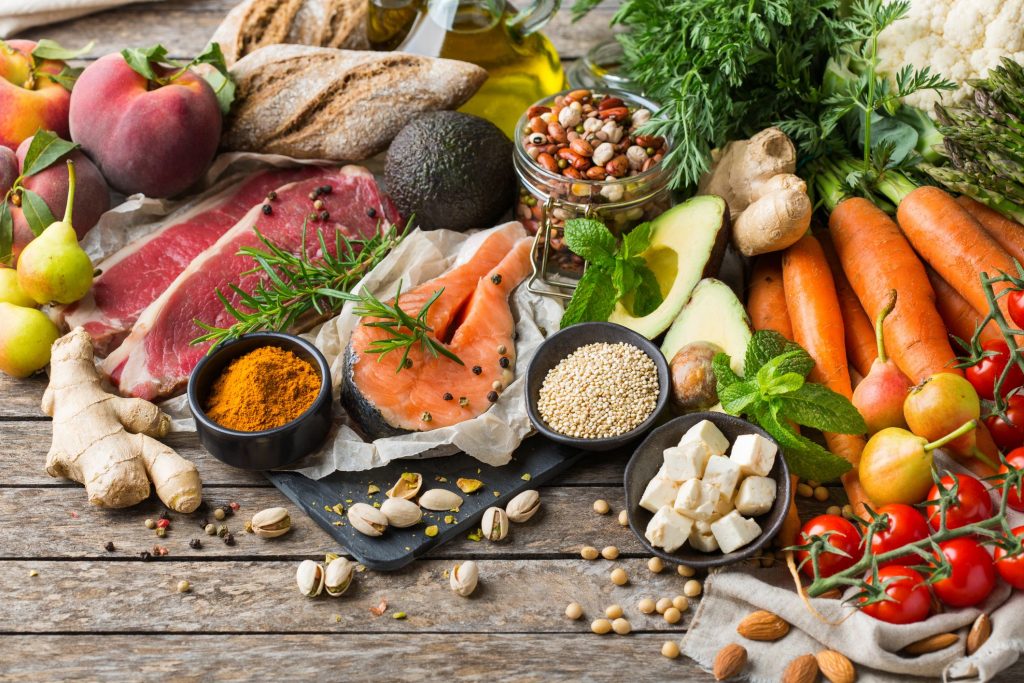At this point, I’m betting you’ve heard about a lot of different diets to follow, folks! Keto, vegan, vegetarian, gluten-free–there are so many that it can be hard to keep track of.
If you know you need to change your diet to include more plant-based foods–many of us do in the U.S., so you’re certainly not alone–but you aren’t sure you can stick to a strict vegetarian or vegan diet, there is another option you may never have heard of: the flexitarian diet.
All about the flexitarian diet
Popularized by a book written by dietician Dawn Jackson Blatner back in 2008, the flexitarian diet is one that emphasizes vegetarian foods but is more, well, flexible, allowing the occasional consumption of fish, poultry or meat. This diet can serve as a slow transition from a diet full of meat to one that is largely vegetarian, with only one or two meals each week containing animal-based foods.
When you limit foods from animals, you can still yield many of the benefits that come from a vegetarian diet, which include a lower risk of developing high blood pressure and heart disease. Although there is no specific research on the flexitarian diet yet, one study from the Harvard T.H. Chan School of Public Health published in the PLOS Medicine medical journal found that even minor changes toward a more plant-based diet can help lower your risk of developing type 2 diabetes (https://journals.plos.org/plosmedicine/article?id=10.1371/journal.pmed.1002039). In that study, researchers noted that a healthy plant-based diet was linked to a 34 percent lower risk for diabetes.
What you can eat
A flexitarian diet places the emphasis on whole grains, legumes, vegetables and fruits. Protein sources include whole soy foods such as tofu, soybeans, some legumes and some fish, poultry or meat. Like many other diets, this plan excludes added sweets and sugars, sugary beverages and processed foods. Since this is not intended as a weight loss diet–although many people may find they lose weight on it–there is no calorie counting or calorie restrictions involved.
Of course, when you do eat meat, poultry or fish, it should be limited to reasonable servings, such as three ounces. For many, that’s enough to satisfy any cravings without the negative downsides that come with eating large portions of animal proteins at once.
If you’ve ever thought about becoming a vegetarian but just don’t think you can completely give up animal-based proteins, the flexitarian diet may just be the answer you’ve been looking for.




